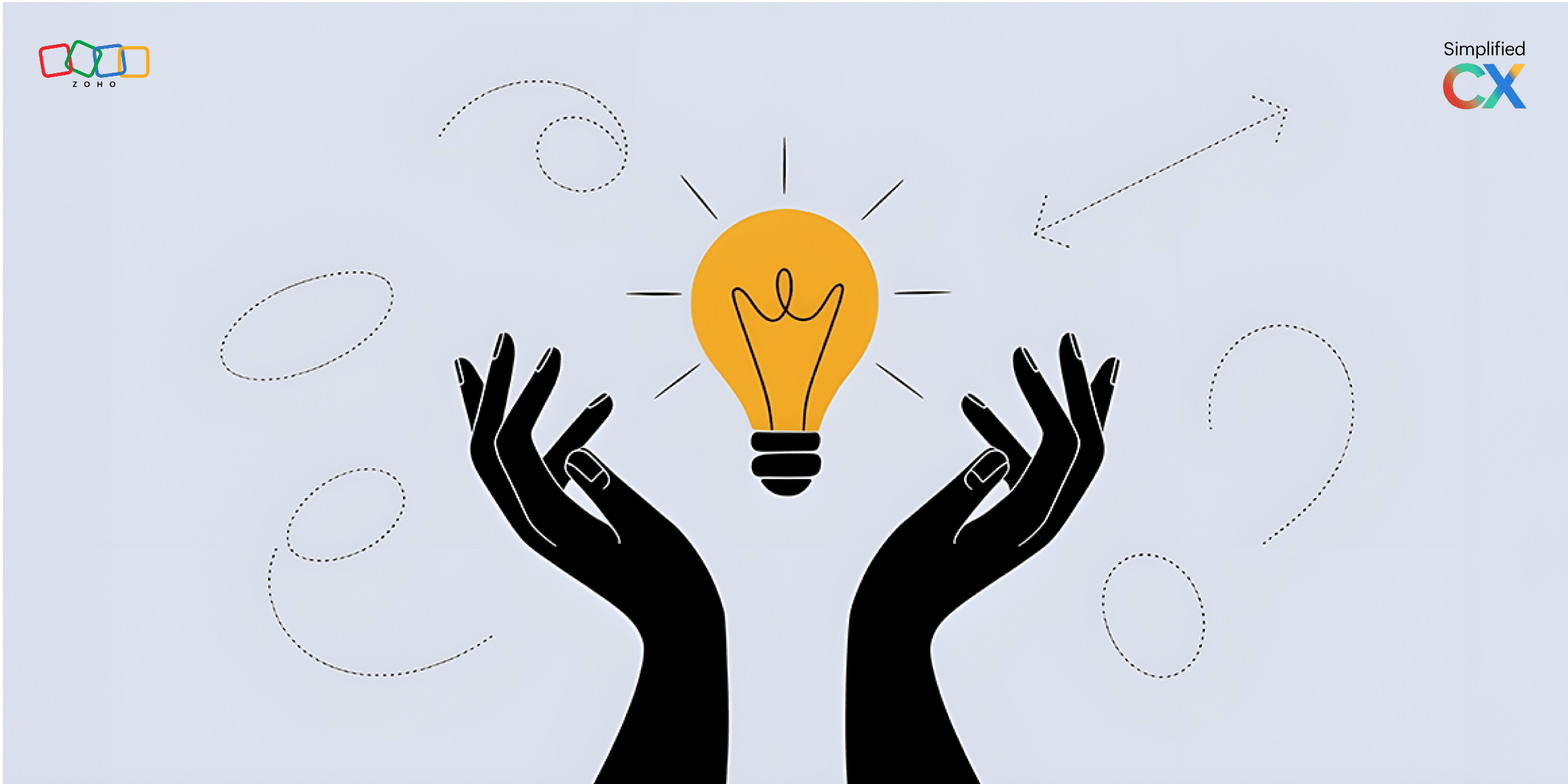Understand emotions for better CX success
- Last Updated : October 18, 2023
- 210 Views
- 4 Min Read

Even as we were all busy with our lives and living in the new millennium, the pandemic brought it all to a screeching halt. Across the globe, people in different communities, cultures, and professions contemplated the 'new normal. We had one thing in common: emotions were running high.
Emotions to the fore
The sheer scale and relentlessness of the pandemic forced both people and businesses to take stock of what really mattered to them. As it turns out, what really matters—even to businesses—is how people feel. Emotions drive more consumer behavior than brands previously believed. Today, more businesses are gearing up to create customer experiences that speak to customers' emotions.
The truth about emotions
Emotions can be simple or complex, or both
In fact, we often feel more than one emotion at a time. Every emotion has different shades. The composition of these emotions and the tonality of their shades are influenced by geography, history, economics, and culture. This is why not everyone feels the same way about everything all the time.
Remember:Demographic profiles speak to generic assumptions. Happiness ratings only scratch the surface of understanding your customers' experience. It's real conversations with customers that provide viable insights to creating better CX.
Emotions arise from core values and beliefs
If a business reflects its core values in its customer experiences, it can build strong emotional connections with customers who share or aspire to share those same values. An environmentally conscious customer is more likely to buy from a brand that is similarly inclined, while a fashion or price conscious customer would go for style or low prices.
Remember:Look inward to understand the core values of your business and orient your customer experience journey to reflect those values.
Implicit emotions are associative
These are involuntary emotions—automatic first reactions that are instantaneous and unplanned. Sometimes even subconscious, like food we crave without really knowing why. It could be that someone mentioned Chicago and you thought of deep dish pizza. This is driven by a subconscious connection in your mind between the word Chicago and the deep dish pizza that the city is famous for. It could even be an association to a special childhood memory.
We don't rationalize our implicit emotions. They simply exist in our implicit memory and guide our actions. This means that our implicit thoughts and feelings are always in operation. How strong they are is determined by how often the association is made or the intensity of the emotion the association evokes in us.
Explicit emotions are propositional
These are deliberated emotions. They are consciously controlled thoughts and feelings that are called in to play when we begin to think about our implicit associations. In our deep dish example, this would be deliberating on whether you decide to eat it or not. If satisfying your taste buds trounces your health, you might still decide deep dish. But if you're health conscious and on a serious gluten free diet, you might decide not to follow through.
Explicit emotions have been rationalized. They are implicit associations we make that we later weigh for their veracity and value to us, in the context of our lives and goals. This means our explicit thoughts and feelings are not always in process and are specifically triggered. How strong they are is determined by how genuine, relevant, or appropriate the association is to our context.
Emotional connections build customer loyalty
Every business understands that customer loyalty pays huge dividends in terms of customer lifetime value. Yet not every business has successfully devised a surefire strategy to achieve it. This is partially because it takes time to build loyalty and assess outcomes, making it difficult to gauge the efficacy of new strategies immediately. What is certain is the way that customers feel about their experience at each touchpoint will determine if and how they retain the memory of it for active brand recall.
Make it your business mission to build emotional connections
When a business decides to build or renew emotional connections with their customers, it should be reflected across thebusiness plan. It can't be restricted to being a strategy for advertising or marketing campaigns. It needs to run deeper, permeating through the entire business. Beginning at the top and flowing through the workforce to customers, with honesty. That's how genuine empathy works. Anything less is a sham and a threat to lasting success.
Be emotionally available now
There's no time like the present to be emotionally available for your customers. The pandemic has caused people to feel vulnerable. Businesses that empathize with their customers and community, rather than focus on profits and brand value,can build emotional connections. The current context demands that brands are empathetic in their communication, operations, and support. Meet this demand and you will be nurturing stronger customer loyalty in time.
When we are pumped full of positive emotions, it's a sign of one or more of our needs being met. The converse is also true. So keep your customers' feelings in mind, focus on meeting their needs, and build emotional connections with genuine kindness.










